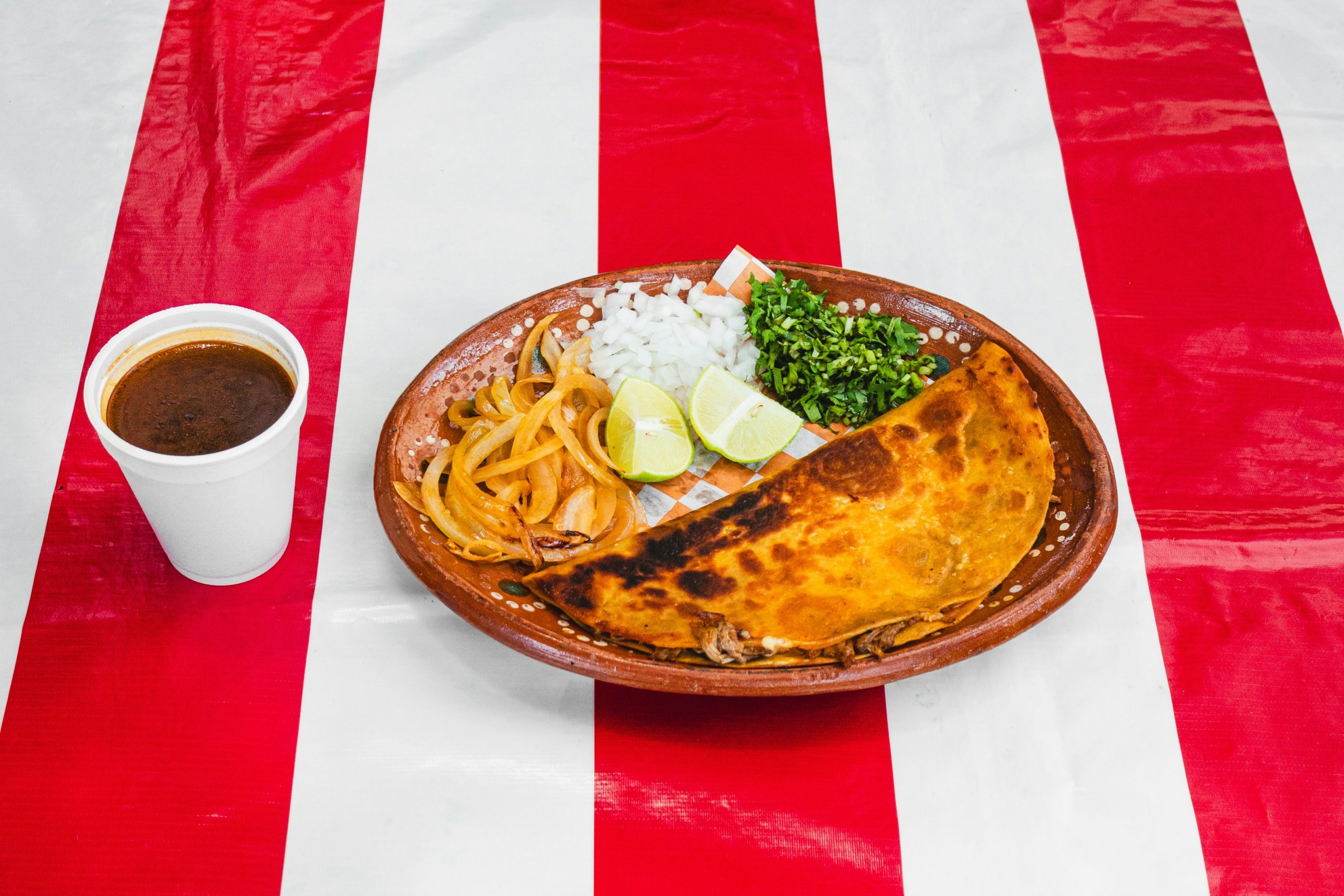Nashville, Tenn. – Despite some uncertainty about future challenges, restaurant operators, suppliers, and distributors remain optimistic about the future of foodservice.
That was a general theme on display during the DMA Nashville Experience, held Oct. 25 through Oct. 27 at the W Nashville hotel. While foodservice stakeholders were aware of the challenges, many pointed to positive signals that the industry was already in recovery following the pandemic.
Consumers Want to Visit Restaurants
Despite inflationary pressures, many consumers sought social engagement and full-service restaurants served as an easy solution to meet this need.
“We’re only recovering in terms of our social engagement. And that’s not something we’re willing to give up as consumers, either,” said Piper Sandler Managing Director and Senior Research Analyst Nicole Miller Regan, in the first four information sessions held at the event. “They liked the social engagement and they want to be in a full-service restaurant, and I think that it’ll calibrate more towards [that.]”
Jonathan Maze, Editor-in-Chief of Restaurant Business, said the fast-food segment was doing well despite current challenges. He noted fast-food sales were returning to a more normalized state of things, but that the way consumers engaged with those operators changed since the pandemic.
For example, the pandemic forced operators and consumers alike to shift towards mobile ordering, which has remained popular with customers. That said, he noted in-person service was still going to be an important aspect of fast-food operations for years to come.
“There’s still going to be a segment of your customer base that for one reason or another is going to come into the restaurant. And so I think that we’ve also learned that you can’t just completely keep your dining rooms closed,” he continued.
Sustainability Key for Today’s Customer
The Sustainable Packaging in the “To-Go” Decade panel, hosted by Datassential’s Marie Molde and featuring InnoPak Director of Sustainability Nathan Schultz and Raising Cane’s SVP Supply Chain Kelby Leuthold, showcased the consumer demand for sustainable packaging.
Both Leuthold and Schultz noted the transition to more environmentally friendly packaging had business considerations that must be addressed, including increased prices and consumer expectations regarding the quality of food. That said, both agreed that their companies were working towards these sustainable goals.
“The conversation about climate change is very real and happening among consumers today. They’re thinking about that, and it’s really driving their behaviors toward wanting to be more sustainable for a healthier planet,” shared Molde, explaining the importance of a sustainability journey for foodservice stakeholders.
Supply Chain Success Depends Upon Collaboration
The theme of the “Supply Chain Talent All Star Panel” at the DMA Nashville Experience focused on the need for collaboration in the foodservice supply chain. The event featured Tropical Smoothie Café SVP Supply Chain Kristin Kingery, Focus Brands SVP Supply Chain Anissa Mandel, and Firehouse Subs VP Supply Chain Matt Riddleberger, and was hosted by DMA Vice President of Business Development Amy Snook.
Mandel noted increased visibility could be seen as a threat at first, but this overall view helped distributors, manufacturers, and operators collaborate more freely to ensure operations were not disrupted.
“We want to do more about fire prevention than firefighting. And in order to do that, we have to have that visibility upstream,” she said.
Restaurant Traffic Comes Back
In the fourth panel, RJ Hottovy, Placer.ai’s Head of Analytical Research, argued restaurant visits per location seemed to be normalizing. He noted visitation trends were very healthy in the suburbs as Americans migrated from major cities, and that growth was evident in Florida; Phoenix, Arizona; and Dallas, Texas.
Hottovy noted the fast-casual segment was being impacted by inflation with bifurcation evident among existing fast-casual customers. Lower-income customers headed more toward quick-service restaurants, while consumers on the higher end turned toward full-service operations.












